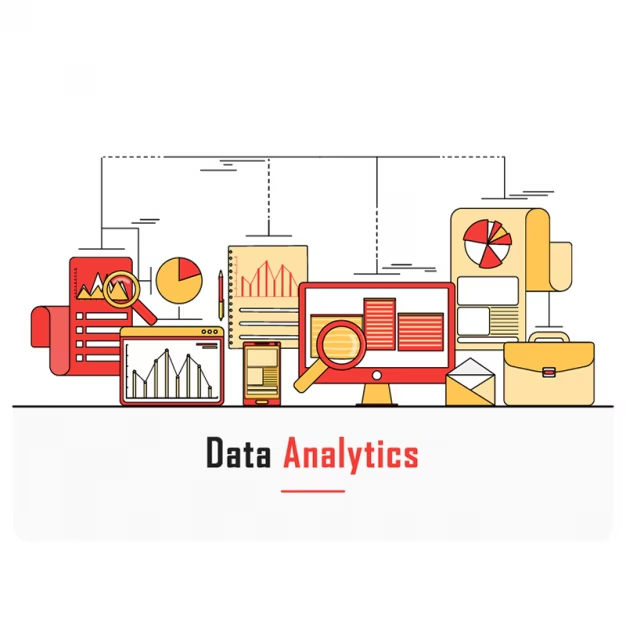Business Analyst Course Syllabus: A Comprehensive Guide
In today's data-driven world, businesses rely heavily on data analytics to make informed decisions. Business analysts play a crucial role in interpreting data, identifying trends, and helping companies optimise their processes. If you are considering a career in business analytics, enrolling in a structured business analyst course is a great way to start. This blog explores the business analyst course syllabus and highlights the scope of business analytics in the corporate world.
Introduction to Business Analytics
The course typically starts with an introduction to business analytics, its relevance, and the way it impacts decision-making within organisations. The student is exposed to:
Data-driven decision-making basics
Role of business analytics in different sectors
Analytical techniques and tools
Core Modules in a Business Analyst Course
1. Data Analytics and Visualisation
Understanding data is the first step in business analytics. This module covers:
Data collection and cleaning
Exploratory data analysis (EDA)
Data visualisation techniques using tools like Tableau, Power BI, and Excel
2. Statistical and Predictive Analysis
Statistics form the backbone of analytics. This module includes:
Descriptive and inferential statistics
Probability theory
Hypothesis testing
Regression and correlation analysis
Predictive modeling techniques
3. Business Intelligence Tools
Business intelligence (BI) tools help analysts derive insights from data. The syllabus often includes:
Introduction to SQL for database management
BI tools like Microsoft Power BI, QlikView, and Google Data Studio
Reporting and dashboard creation
4. Python and R for Data Analysis
Business analyst skills require mastery of programming in business analysis work. This includes:
Basics of Python and R
Working with data from Pandas to NumPy
Data visualisation basics using Matplotlib and Seaborn
Python basics of data analysis for business analysts
5. Financial and Market Analysis
Business analysts know financial concepts along with market behaviour. The study includes:
Building financial models and forecasting
Different techniques for doing market research
Risk evaluation and risk control
6. Agile Methodologies and Business Process Modeling
Business analysts work extensively in Agile environments. This module consists of:
Fundamentals of Agile and Scrum
Business Process Modeling (BPMN)
Development of Use Cases and Requirements Gathering
A very practical course, business analytics needs a lot of hands-on experience. Most courses contain:
Real case studies
Capstone projects
Exposure to the industry through internships or live projects
Scope of Business Analytics
The scope of business analytics is broad and multi-industrial. Business analysts are in high demand because of the growing demand for data-driven decision-making in:
Risk analysis, fraud detection, investment analysis
Patient data analysis, medical research, hospital management
Customer segmentation, demand forecasting, recommendation engines
Supply chain optimisation, production efficiency
Consumer behaviour analysis, digital marketing strategies
The market for business analysts is on fire with jobs like:
Data Analyst
Business Intelligence Analyst
Financial Analyst
Market Research Analyst
Product Manager
Conclusion
Business analysts can pursue various topics covered under the business analyst course syllabus, which can include data analytics and visualisation to financial analysis, including Agile methodologies. Due to the growing scope of business analytics, bright futures await individuals possessing analytical skills with technical knowledge. For fresher graduates and working professionals who seek skill upgrades, the prospects that await business analytics training can lead them into very interesting careers.



Comments
Post a Comment